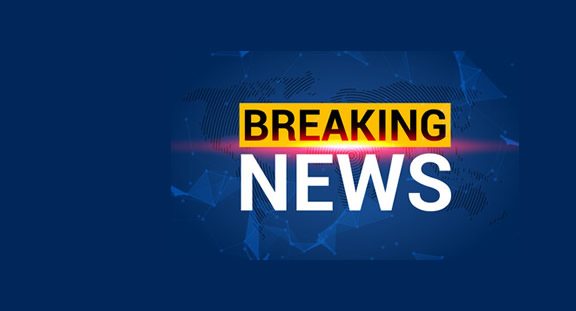City of Coos Bay release – The City of Coos Bay has two Urban Renewal districts: Downtown and Empire. Each district has an adopted plan, focused on economic development and curing blight, which is done through tax increment financing. Tax increment financing is used in areas where private development has stagnated or is not feasible without public sector investment and partnership. Public investment through urban renewal is one way to change those conditions. The types of urban renewal activities undertaken generally include land assembly and development of infrastructure and public amenities, as well as façade improvement grants. As the result of publicly funded efforts, investment becomes feasible for private developers. Developments consistent with the City’s Urban Renewal Plan then gain forward momentum and stagnated areas become renewed. Urban renewal, as a mechanism to jump-start area growth and improvement, starts with a point-in-time freeze of the assessed value within the designated urban renewal area. As the improvements and growth happen, the assessed property values within the urban renewal area increase above that frozen base, creating “incremental revenue” which is entirely distributed to the urban renewal agency. Urban renewal agencies use debt to fund the improvement projects as part of their plan. This debt, either through standard bank/financing options or through du jour financing (a short “daily” internal loan), is then repaid from the incremental tax revenue. As the urban renewal agency sunsets, this incremental value is then distributed, along with the frozen base revenue, to the overlapping government units. The creation of an urban renewal agency does not result in assessment of an additional tax. Instead, during the agency’s lifespan, overlapping taxing districts “forego” a portion of their permanent rate. Once the urban renewal area is terminated, the taxing jurisdictions receive their full permanent rate of taxes, plus the incremental tax revenues generated by the urban renewal area improvements. The School District and Education Service District are funded through the State School Fund on a per pupil allocation. There is no direct impact of urban renewal on their funding. The State School Fund is funded through property tax allocations, but also through other state resources. The City of Coos Bay established the Downtown Urban Renewal District in 1988 and the Empire Urban Renewal District in 1995.The Coos Bay Urban Renewal Agency Board (Agency) is comprised of the City Council; and through bi-annual goal setting and the budget process, it is determined what projects will be funded. Urban renewal funds benefit Coos Bay through the projects and programs that play a major role in revitalizing and curing blight within the urban renewal areas. As required by ORS 457.460, an urban renewal agency must prepare a statement for the governing body and citizens. This statement, or report, must include a financial recap of the preceding year, the budget for the current fiscal year, and an analysis of the impact of carrying out the urban renewal plan on each of the overlapping governmental units within the urban renewal area. The City’s report is meant to meet that requirement, as well as expand upon the minimum requirement and provide the reader more detailed information about the Urban Renewal Agency of the City of Coos Bay and its activities during the period July 1, 2021, through June 30, 2022 (FY22). The report can be found on the City’s website: 2021-2022 URA Annual Report. Questions regarding the annual report or urban renewal can be directed to the City Manager’s office at 541-269-8912.

